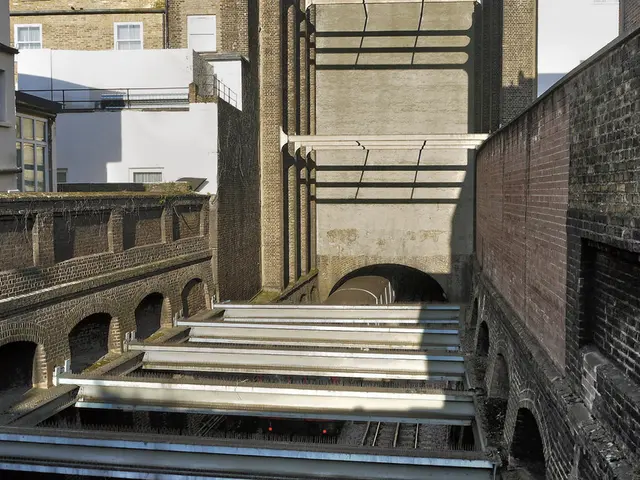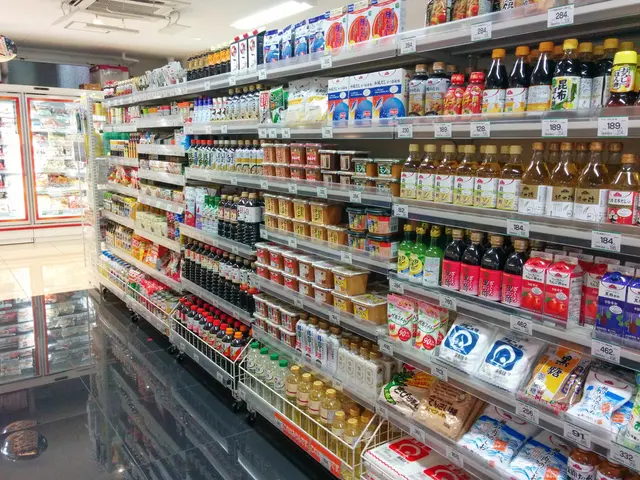New Leadership at JAMA: Taking Firm Steps to Address Complex Issues and Priorities
In a significant shift for the Japanese Automobile Manufacturers Association (JAMA), the new Chairman, Masanori Katayama, outlined a bold plan for the organisation at its New Year's gathering on January 5, 2024. Katayama, who took over from Akio Toyoda on January 1, 2024, acknowledged the heavy responsibility of his new position and emphasised addressing logistics issues as a key challenge for the year.
Katayama's address highlighted a focus on expanding JAMA's activities beyond the automotive industry. He indicated decisive action to tackle complex challenges such as logistics disruptions and underscored the importance of cooperation among members to support broader business co-creation initiatives beyond traditional automotive manufacturing.
Resilience in Overcoming Logistics Challenges
The pressing logistics issues affecting the automotive industry in 2024 require a concerted effort to overcome. Katayama identified responding to the anticipated logistics stagnation as an urgent social issue for JAMA. He expressed a hope for the safety, swift recovery, and reconstruction of the affected areas, following the Noto Peninsula Earthquake, and expressed condolences for the victims.
Visionary Expansion Beyond Automobiles
Katayama's strategic intent is to leverage JAMA's platform and expertise to extend partnerships and operations beyond the core automotive sector. This includes the role of the Japan Mobility Show in 2024 as part of the expansion strategy, signaling JAMA's engagement in mobility-related innovations that transcend conventional car manufacturing.
The new leadership structure at JAMA is building on the foundation laid by former Chairman Akio Toyoda. Katayama is determined to expand initiatives beyond the automotive industry with an all-Japan approach. He aims to go beyond the automotive industry and foster collaboration with other sectors, aligning with broader mobility and industrial co-creation trends.
Embracing Carbon Neutrality and Electrification
JAMA is advocating for a multi-pathway approach to carbon neutrality, emphasising the need to promote a diverse range of technologies. The expansion of electrified vehicles necessitates the development of essential infrastructure and supporting policies, seen as an opportunity for transformation in the mobility industry.
The Japan Mobility Show, hosted by JAMA, brought together over 500 companies and organisations and attracted 1.11 million visitors. The event showcased the latest developments in the mobility industry, reflecting JAMA's commitment to innovation and collaboration.
In conclusion, Katayama's message at the gathering was one of both resilience in facing supply chain and logistics challenges and visionary expansion of JAMA's scope beyond automobiles, aligning with broader mobility and industrial co-creation trends. The new JAMA chairman's strategic focus for 2024 and beyond is one of growth, innovation, and collaboration, as the organisation looks to navigate the complexities of the modern mobility landscape.
[1] JAMA Official Corporate Source [2] Related Remarks Confirm Strategic Focus for 2024
The bold plan presented by Katayama involves expanding JAMA's activities beyond the traditional automotive industry and includes efforts to collaborate with other sectors in the broader mobility and industrial landscape (finance, business). Katayama's vision for JAMA also includes a focus on carbon neutrality, emphasizing the development of diverse technologies and essential infrastructure in the finance and business sectors.





